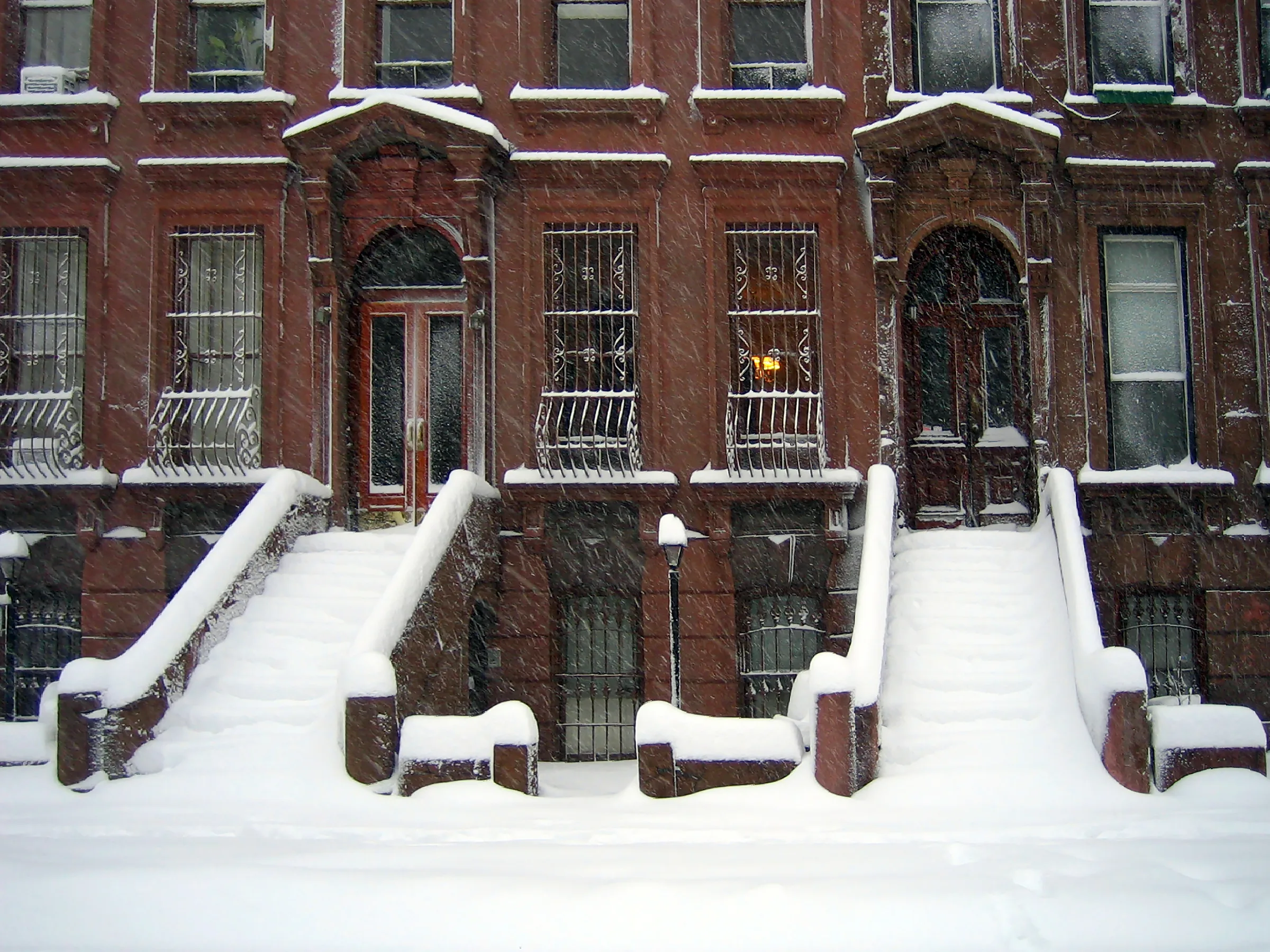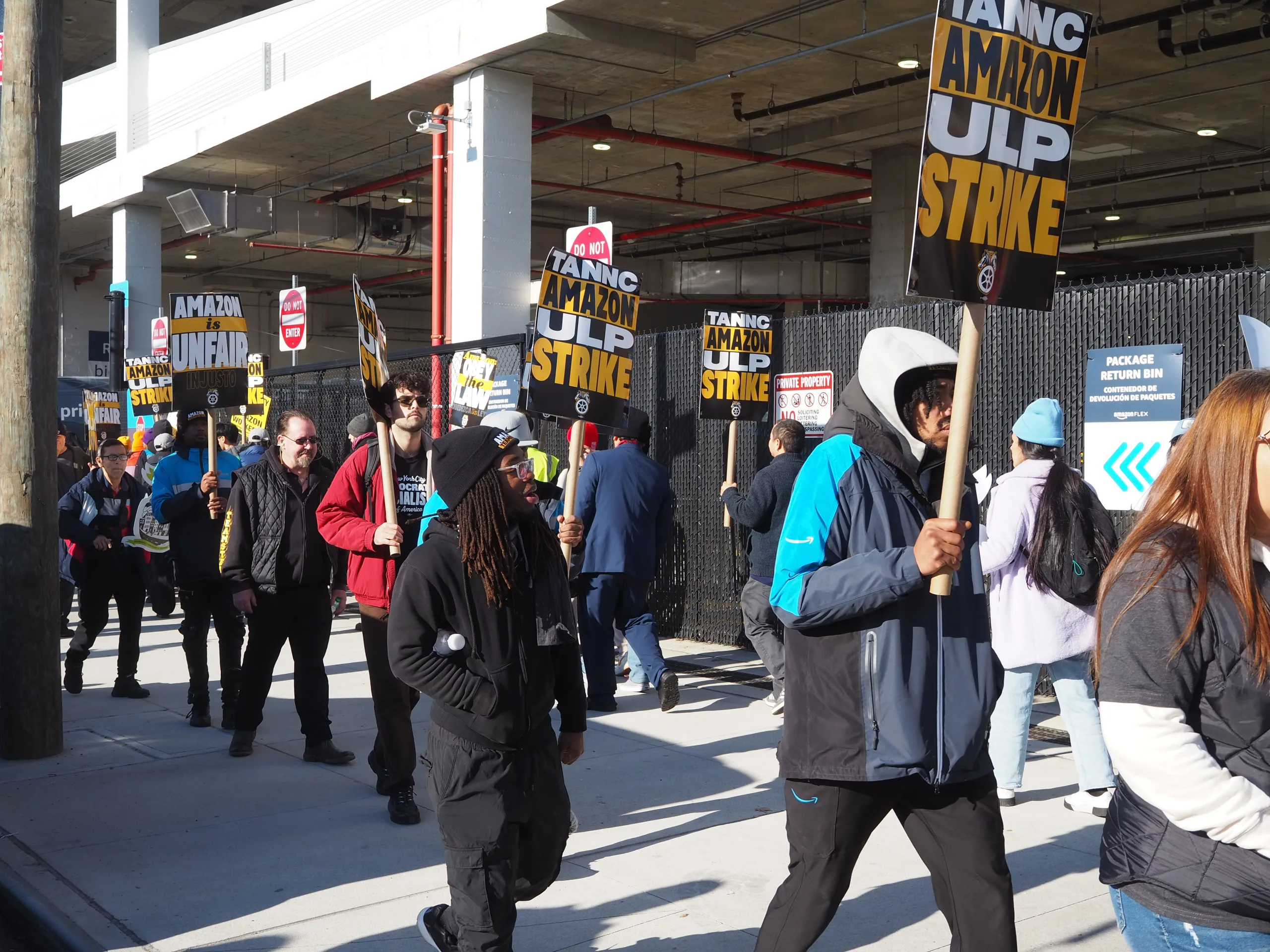At the intersection of 61st Street and Broadway in Queens, visitors will now be greeted by a fresh street sign adorned with Indian and American flags: Dr. B.R Ambedkar Way.
On June 25th, the city council co-named the intersection in honor of Bhimrao Ramji Ambedkar, a renowned Indian political leader, jurist, and social reformer.
Ambedkar is known for being the principal architect of the Indian Constitution and scathing critiques of India’s caste system. He was born in 1891 into the Mahar caste — considered untouchable at the time — and is among the broader collection of marginalized castes identified today as Dalit.
Dalits comprise 200 million people spread across regions, languages, and religions around the world. Upper caste Hindus considered their touch as defiling, and forced them into debasing work such as scavenging and disposing of the dead. Dalits continue to suffer routine violations of the right to life, liberty, security, and equal treatment. Human Rights Watch has termed the ongoing discrimination meted out to Dalits as a “hidden apartheid.”
During the co-naming ceremony, hundreds of people from different Dalit communities in New York gathered at the intersection to cheer the unveiling of the street sign. It was the culmination of a four-year-long effort by the Shri Guru Ravidass Temple across the street. Members of the temple follow a sect within Sikhism called Ravidassia and belong to castes classified as Dalit.
Ashok Kumar Mahi, the president of the temple, told Documented it was a historic moment and a tribute to the unacknowledged founding figure of modern India.
“People typecast Ambedkar as a Dalit leader, but he worked to secure the rights of all citizens of India. Today he is a global figure,” he said.
Mahi underscored Ambedkar’s growing international recognition, lauding the move last year by British Columbia in Canada to observe April 14th, the leader’s birthday, as Equality Day. Colorado and Michigan have adopted similar resolutions.
Also Read: Bronx Street Renamed for Fire Victims and Gambian Icon
In contrast, Mahi highlighted the historical lack of recognition and opposition faced by Ambedkar in his own country, where his statues have been caged to prevent desecration by upper caste individuals.
Across the bustling intersection in Queens, and next to the temple, musicians recited poetry and hymns under a white tent to celebrate the street co-naming. Vendors served fruit and Indian snacks such as “pani puri” and “jalebis”.
“Doing this is not easy even in India, so we’re going all out to celebrate,” Mahi said.
Affectionately called Babasaheb, Ambedkar’s standing among Dalits stems from his central role in their emancipation. Besides a James Madison-like effort to steer India’s Constitution, he championed the abolition of untouchability, ushered in affirmative action, and spearheaded vital social campaigns such as securing Dalits’ access to public water sources and entry to temples. He also wrote volumes critiquing the caste system and Hinduism, which many believe may have hindered his recognition as a national icon.
Balbir Chand Chumber, 71, a community leader at the Shri Guru Ravidass Temple, put it succinctly: “Before Babasaheb, we were a dead community. He breathed life into us,” he said.
Chumber, Mahi, and other members of the temple arrived in the U.S. in the 1980s and 1990s as undocumented immigrants, and run thriving businesses today. They credit their journey and success to the path laid down by leaders such as Ambedkar.

Ambedkar faced social ostracism from childhood. His community had been prohibited from gaining education as per social norms, reminiscent of the segregational Jim Crow laws in the U.S. He was not allowed to sit with his classmates at a desk but on a gunny sack on the floor, and was thrashed for touching the school water tap. A diligent student, he became the first from his community to matriculate. The Maharajah of Baroda funded his undergraduate degree and provided the means for Ambedkar to attend Columbia University in 1913, where he went on to obtain multiple doctorates. Columbia’s Lehman Library is home to a bronze bust of Ambedkar, while Columbia Law School holds the annual Dr B. R. Ambedkar Law Lectures.
Also Read: India Travel Ban Leaves Hundreds of Employees Stranded
Trushar Padwekar, a Master’s student at Columbia who attended the street co-naming ceremony, said Ambedkar’s insistence on education helped chart his own path. “He emphasized education was the only way we can escape the caste system, because it was denied to us for centuries,” Padwekar said.
Padwekar claimed that a public space named after Ambedkar in New York City, the cultural capital of the world, would shed inhibitions about identity for many Dalits around the world.
“Dalits are hesitant to openly identify as such. I feel proud now because this is a recognition of Ambedkar’s ideals, of equality, and the fact that he fought for us,” he added.
Padwekar’s contention is borne out by research. Gaurav Pathania, Assistant Professor at Eastern Mennonite University, has uncovered a pattern of lower caste South Asians in the U.S. concealing their caste identities.
Due to a fear of adverse repercussions, New York-based writer Yashica Dutt hid her Dalit identity till the age of 30, passing off as the member of an upper caste (Brahmin). She attributes the courage to face her personal history of oppression to reading and discovering Ambedkar’s writing, such as Annihilation of Caste.
“I had internalized casteism, I thought of myself as not equal to people born in a higher caste. Reading his works helped to shatter that myth,” Dutt told Documented.
However, Dutt, whose forthcoming memoir details her Dalit experience, recounted how access to Ambedkar’s works was deliberately curtailed in India, leaving many Dalits in smaller towns, like herself, without an anchor point.
“Despite the attempts to erase him, his ideas were kept alive by the Dalit community, whether by publishing his writings or building his statues. So the renaming of an intersection in New York sends a powerful message to Dalits that their struggles are being recognized globally,” she said.
For others, like Monali, a Brooklyn resident and student of medicine at Hudson Regional Hospital, efforts to honor Ambedkar help lift the veil of invisibility surrounding Dalits like her in the U.S. She asked to be referred to by her first name only due to fears her Dalit identity could cause professional repercussions.

“Seeing the street named after my leader — a historical person, not some mythical figure — I felt validated,” she said. Monali also pointed out the lack of representation within the Indian diaspora.
“The public sphere here is saturated with upper caste culture and religion. Whether it’s recognizing Diwali, or who’s getting invites to the White House. It’s not a Dalit, Adivasi (indigenous), or lower caste person,” she said.
“So there is a sense of feeling equal, of being seen and heard,” Monali added.
纽约州“能源补助”申请指南
Also Read: Remembering Judge Robert Katzmann, a Pioneer in Providing Legal Counsel for Immigrants
According to the 2020 Indian American Attitudes Survey published by Carnegie Endowment for International Peace, 8 out of ten Indians in the U.S. identified as belonging to the category of upper caste, making Dalits, like Monali, a minority within a minority.
This also explains the muted response from the Indian diaspora over the street co-naming. “Accepting Dalit leaders and their ideas means confronting the existence of caste within the community, which goes against the perception of Indians as a model minority,” Dutt observed.
Monali said she is thrilled she can now take her friends to Dr. B.R Ambedkar Way when they visit from India. “The upper castes have their temples. This is going to be our pilgrimage center,” she said.















